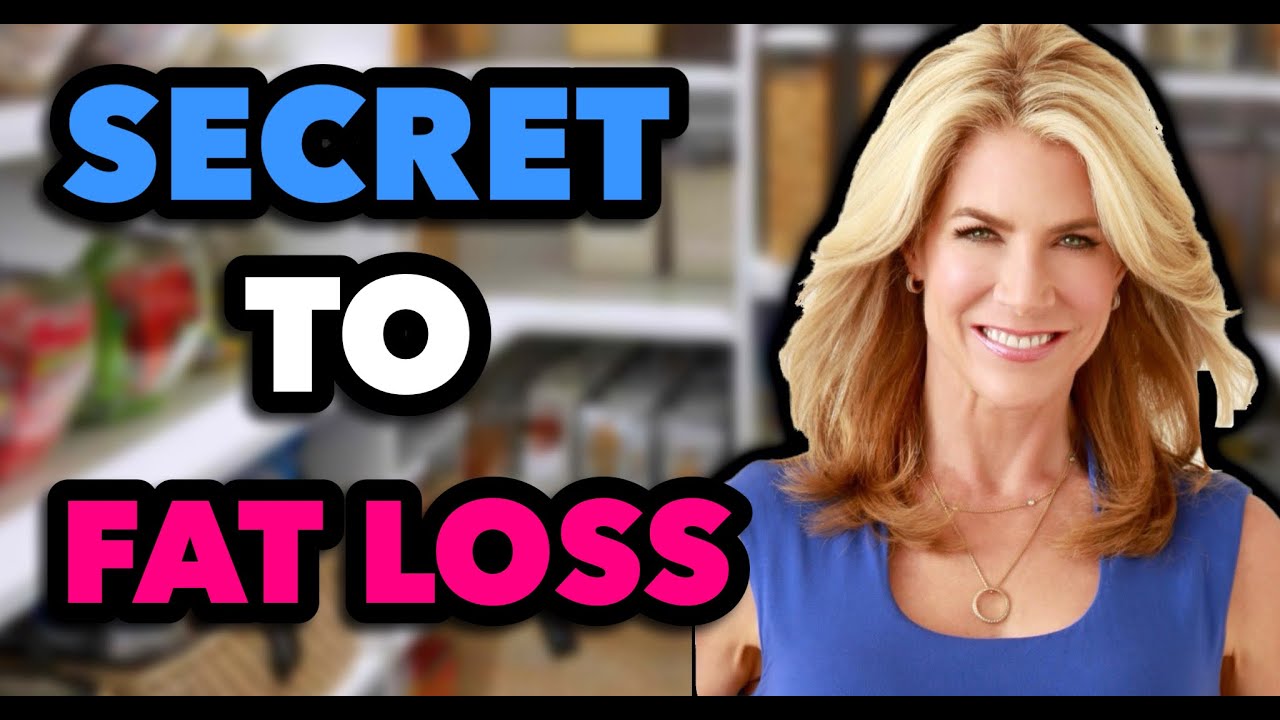What you eat matters… But to be the best fat burner, support immune health, reduce inflammation, and support gut health, timing matters too.
Ever notice when you eat the wrong breakfast or skip it altogether that you seem to blow your diet the rest of the day?
It turns out there’s actually science behind it! And it can even start with that pint of Häagen Dazs or bag of potato chips you had the night before.
Wonder why? It happens because of something known as the second meal effect or second meal phenomenon.
While the may sound complicated, the second meal phenomenon is actually quite simple. It describes how your last meal can affect your blood sugar levels and diet choices the next time you eat.
And that matters!
It means that making one bad dietary decision will almost always lead to another. But it also means that, when you make healthy food choices, the second meal phenomenon can set you up for success all day long.
No matter what your personal goals are, the end destination is always the same: To feel better than you ever have. My Ultimate Health Roadmap provides short, actionable steps you can take RIGHT NOW to be the best version of you. The guide is FREE, and you can only get it here.
Benefits of the Second Meal Phenomenon
So how does it work?
This trend toward healthier eating happens in part because choosing a nutritious, nourishing meal gives you a balanced blood sugar response. In turn, that means your body releases less insulin.
Not only is insulin one of your primary fat-storing hormones, it’s also key in determining your energy levels and cravings. Choose wisely for your first meal of the day, and you never get the insulin spikes that leave you tired, foggy, and reaching for a candy bar at 3 p.m.!
If you’re facing pre-diabetes, type 2 diabetes, or metabolic syndrome, the second meal phenomenon can be a lifesaver. But everyone can benefit from steadier blood sugar and insulin levels and the positive effects they can have on your heart and gut health.
The Science Behind the Second Meal Phenomenon
The second meal phenomenon was discovered almost 100 years ago, but new research continues to emerge.
One study found that participants’ blood sugar levels rose a whopping 95 percent less after lunch when they ate a healthy breakfast.1 That proves what I’ve been saying to my community all along: eating a healthy breakfast sets your metabolic tone for the day!
Need another reason to blend up that smoothie instead of reaching for a muffin? Research shows the second meal phenomenon is more effective when meals are eaten with protein and carbohydrates versus just simple carbs alone.2
And that’s not all. Scientific studies prove the second meal phenomenon can even take place at breakfast when you add slow-low carbs to your dinner plate the night before.3
In other words, make smart choices tonight, and reap the benefits tomorrow morning! (That calls for a bowl of Curried Lentils with dinner…)
Scientists are still hunting for the reasons why the second meal phenomenon works. It could result from any number of complicated processes in your digestive and endocrine systems.
This is one time when the “why” isn’t as important as the “how.” All you really need to know is how the second meal phenomenon affects you and how to make it work to balance blood sugar and help you be the best fat burner.
2 Simple Ways to Make the Second Meal Phenomenon Work for You
1) No more skipping breakfast
If you want to reap the rewards of the second meal phenomenon, it’s key to break your fast with a protein smoothie. Learn how to make the perfect one in this video.
With a protein smoothie, you get a complete breakfast that keeps you full for hours and sets up your metabolism to burn fat for fuel instead of sugar.
A protein smoothie helps your blood sugar response to lunch, plus you’ll be more likely to avoid the mid-morning cravings that can leave you reaching for that bagel in the office break room. (And we all know how that can derail your diet for the rest of the day…)
And if you’re looking for a high-protein breakfast option that requires a spoon, you’ll fall in love with this yummy Chocolate Berry Chia Pudding… (P.S. It’s so scrumptious, it can even double as dessert!)
Want 50 delicious, easy smoothie recipes that take minutes to make but keep you full and focused for hours? Get my FREE Smoothie Guide here.
2) Don’t forget the carbs
Remember, carbs are not the enemy! The key is to focus on slow-low carbs.
That means carbohydrates that are digested slowly, so they create a steady rise in blood sugar rather than an inflammation-inducing spike. These healthy carbs are low-sugar impact and high in fiber, making them excellent choices as part of a balanced plate.
Get a list of the Top 15 Healthy Carbs here.
Adding some slow-low carbs like quinoa or lentils to your evening meal can go a long way toward making the second meal phenomenon last overnight and improve your blood sugar response to breakfast the next day.
Convinced of the benefits of the second meal phenomenon and ready to experience them for yourself? Check out my tips for creating a healthy, balanced meal on every plate.
By making just a few simple shifts in your routine, the second meal phenomenon can be an incredible ally in balancing your blood sugar levels and helping you stay on track with your healthy eating plan!
Don’t undo all of your hard work with sugary desserts! My Sweet Treats Recipe Guide contains fudge and 14 more mouthwatering dessert recipes… without the guilt. Get your guide FREE here.
The views in this blog by JJ Virgin should never be used as a substitute for professional medical advice. Please work with a healthcare practitioner concerning any medical problem or concern. The information here is not intended to diagnose, treat, or prevent any disease or condition. Statements contained here have not been evaluated by the Food and Drug Administration.
References
1 https://www.ncbi.nlm.nih.gov/pmc/articles/PMC2699724/
2 https://www.ncbi.nlm.nih.gov/pubmed/6389060
3 https://academic.oup.com/ajcn/article-abstract/48/4/1041/4716157?redirectedFrom=PDF





